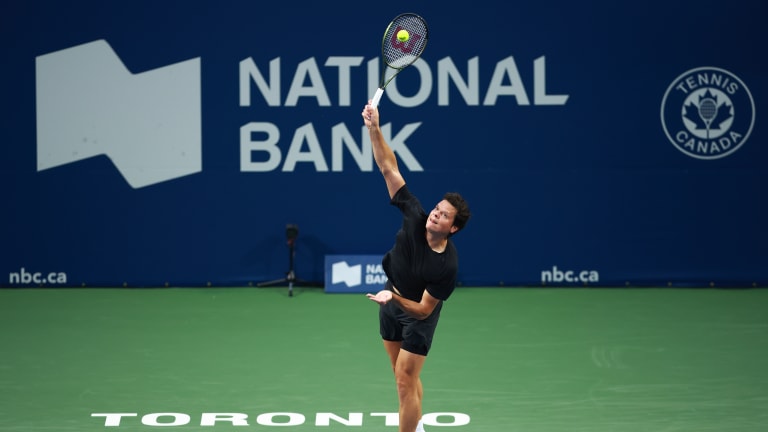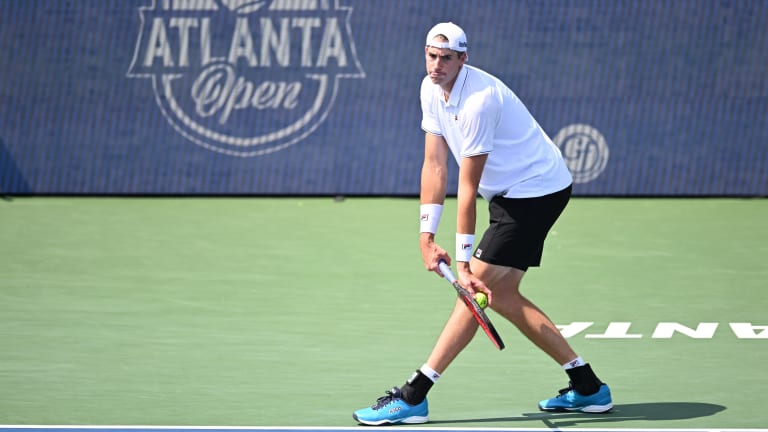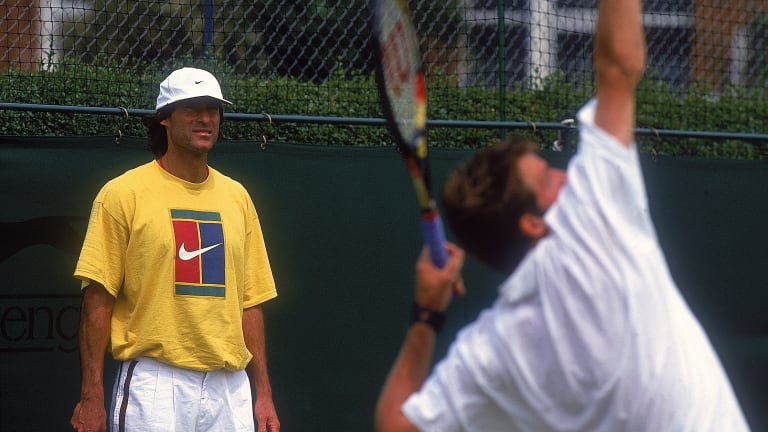For superb servers Milos Raonic and John Isner, will the US Open be closing time?
By Aug 08, 2023Opinion
Roger Federer kicks off court speed debate: are fast courts going extinct?
By Oct 09, 2025Pop Culture
John Isner throws out honorary first pitch at Citi Field for Subway Series
By Jul 07, 2025Social
Jessica Pegula, Taylor Fritz, John Isner and more share travel pet peeves: "No ice anywhere"
By May 20, 2025pickleball
Steffi Graf and Andre Agassi win $1 million at Pickleball Slam 3 over Eugenie Bouchard and Andy Roddick
By Feb 17, 2025Served Podcast
Newly-minted 'media dude' John Isner joins Andy Roddick on Served podcast
By Jul 22, 2024Social
Becker, Isner, Sabatini, Schwartzman back Andy Murray's call for more South American tournaments
By Feb 27, 2024Pop Culture
WATCH: Wearing a blazer and jeans, John Isner makes 25-yard field goal at Dallas Cowboys HQ
By Nov 30, 2023US Open
By having fun and pushing each other, the U.S. men brought the energy to the US Open
By Sep 14, 2023US Open
The 10 closest calls for American men at the majors since Andy Roddick's 2003 US Open title
By Sep 03, 2023For superb servers Milos Raonic and John Isner, will the US Open be closing time?
“I have to have a conversation with myself,” said the Canadian, who reminded everyone of his serving strength Monday night.
Published Aug 08, 2023
Advertising
Advertising

Milos Raonic is a first-rate practitioner of the “platform,” wherein the feet stay spread throughout the motion. Roger Federer was also a superb platform server.
© Getty Images
Advertising
Advertising

The 6’10” Isner’s technique is unsurpassed when it comes to what instructors call the “pinpoint” motion. This is when the server’s back foot moves forward prior to launching the delivery. Another great recent pinpoint server: Goran Ivanisevic.
© 2023 Getty Images
Advertising

Brian Teacher—here watching another server extraordinaire, Greg Rusedski—knows what makes tennis' most important shot great.
© Getty Images